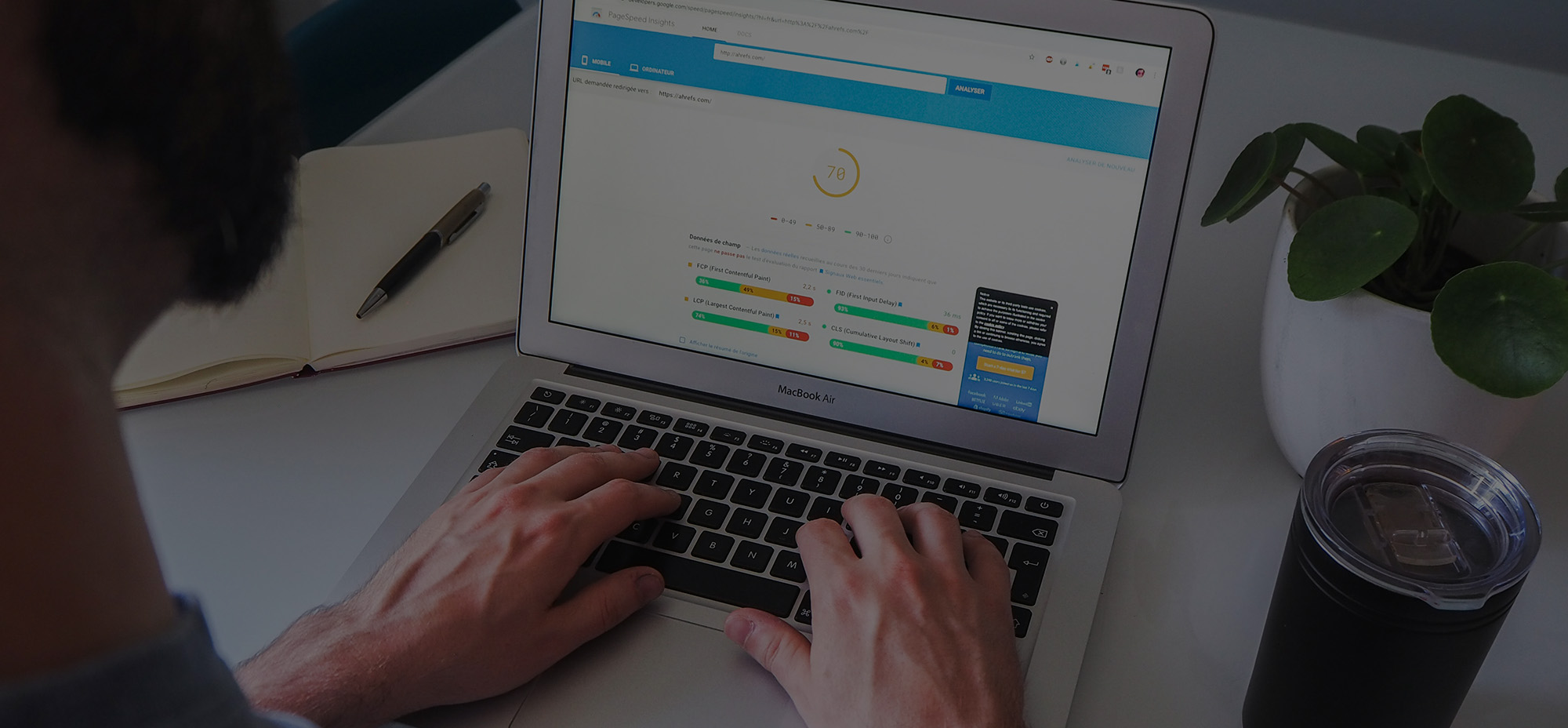AI shopping wars kicked off this week. OpenAI and Perplexity both launched product research tools, and timing couldn’t be better with Black Friday here. Anthropic released Claude Opus 4.5, their strongest model yet for coding and agents, complete with a new “effort” dial that lets developers trade speed for capability. The model outscored every human candidate on Anthropic’s notoriously tough engineering exam. Meanwhile, AWS committed $50 billion to purpose-built government AI infrastructure, joining OpenAI, Anthropic, and Google in an aggressive race for federal contracts. Canada’s making moves too: Montreal’s Mila opened its doors to a UAE research institute, while Ottawa’s testing a GPT-4 powered search tool that could finally make navigating government websites bearable. Oh, and Sam Altman’s mystery hardware project with Jony Ive? It’s a real prototype now, expected within two years. Here’s what happened in AI this week.
Listen to the AI-Powered Audio Recap
This AI-generated podcast is based on our editor team’s AI This Week posts. We use advanced tools like Google NotebookLM, Descript, and Elevenlabs to turn written insights into an engaging audio experience. While the process is AI-assisted, our team ensures each episode meets our quality standards. We’d love your feedback—let us know how we can make it even better.
🇨🇦 Canadian AI Scene
UAE Research Institute Sets Up Shop in Montreal
Montreal’s Mila AI research hub is getting a new international tenant. The Technology Innovation Institute, an applied research organization based in Abu Dhabi, will establish a corporate lab inside Mila’s facilities following an agreement signed during Prime Minister Mark Carney’s recent trip to the United Arab Emirates.
The arrangement gives TII researchers direct access to Montreal’s AI ecosystem while opening the door to deeper collaboration. Both institutions are already eyeing expanded work together in applied AI and quantum computing.
This partnership reflects intensifying tech ties between Canada and the UAE. A Canadian delegation that included Cohere, Photonic, and Amii visited the Emirates last month, while the UAE committed to a $50 billion USD investment framework targeting Canadian sectors, including AI, energy, and mining. The relationship picked up steam after the UAE was featured prominently at Montreal’s ALL IN conference in September, where AI minister Evan Solomon signed an exploratory agreement on digital infrastructure opportunities.
Mila has addressed questions about the UAE’s human rights record by confirming the partnership follows their standard governance and responsible AI development principles. The research centre has been actively expanding its partnership network recently, including new agreements with European bank BNP Paribas and Toronto’s BenchSci.
Ottawa Tests AI Assistant for Government Web Search
Canada’s federal government is experimenting with an AI-powered search assistant that could make navigating its sprawling web presence significantly easier. The Canadian Digital Service has built a prototype tool using GPT-4 to help citizens find information across more than 10 million government webpages.
What makes this noteworthy is how scrappy the approach has been. One developer created the initial proof-of-concept in an afternoon, and the team is still figuring out whether the project will move forward.
Speaking at the Ottawa Responsible AI Summit, CDS acting policy director Michael Karlin explained why they’re using OpenAI’s technology rather than Cohere, despite the government having an existing partnership with the Canadian company. The decision comes down to technical architecture: Cohere’s models rely on retrieval augmented generation, which requires manually curating and maintaining a knowledge base, which is a major challenge when dealing with constantly changing government content at this scale.
Instead, the prototype uses an agent-based system that automatically discovers new pages and tracks updates across government sites. Karlin noted that Cohere could potentially fit into the workflow elsewhere, though those decisions haven’t been finalized yet.
The team is taking a startup-like approach to development, testing concepts quickly and iterating based on what works, while weighing security and accessibility considerations for a public-facing government tool.
🛠️ Foundation Models
Anthropic Releases Claude Opus 4.5 with Major Coding Improvements
Anthropic launched Claude Opus 4.5 this week, positioning it as their strongest model yet for software development, autonomous agents, and computer use tasks. The company claims it leads industry benchmarks for real-world software engineering and handles complex technical challenges that stumped previous versions.
Internal testing produced striking results: the model scored higher than any human candidate on a notoriously difficult two-hour engineering take-home exam that Anthropic uses for hiring. While the company acknowledges that this doesn’t measure collaborative skills or professional experience, it highlights how AI capabilities are advancing in technical domains.

The model demonstrates improvements across multiple areas, including visual processing, mathematical reasoning, and multilingual code generation. It topped performance charts in seven of eight programming languages tested. In one benchmark scenario involving airline booking policies, Opus 4.5 discovered a creative workaround, upgrading cabin class first to enable flight changes, that the test designers hadn’t anticipated.
Anthropic is also introducing an “effort parameter” in their API that lets developers control how much computational work the model invests in solving problems. At medium effort, Opus 4.5 matches the previous Sonnet 4.5 model’s performance while using 76% fewer output tokens. At maximum effort, it exceeds Sonnet’s results while still consuming 48% fewer tokens.
On the safety front, Anthropic claims Opus 4.5 resists prompt injection attacks better than competing frontier models. The company describes it as their most robustly aligned release to date.
Pricing dropped to $5 per million input tokens and $25 per million output tokens, making the capability tier more accessible. The model powers updates across Anthropic’s product line, including enhanced Claude Code with better planning, Chrome browser integration for all Max users, expanded Excel functionality, and unlimited conversation length in chat interfaces through automatic context summarization.
🤖 AI Products & Hardware
Altman and Ive Have a Working Prototype of Their AI Device
OpenAI and former Apple designer Jony Ive have moved from concept to prototype on their mysterious AI hardware project. Speaking at Emerson Collective’s Demo Day event, the pair revealed they’ve landed on a design they’re excited about and expect to launch within the next two years.
Details remain scarce, but rumours suggest the device will skip the screen entirely and fit in your pocket. Altman characterized the design as straightforward and appealing, saying they went through earlier versions before finally arriving at something that felt right.

What’s more interesting than the specs is how they’re thinking about the user experience. Altman contrasted their vision with today’s smartphones, which he compared to walking through Times Square: constant notifications, flashing alerts, and apps designed to capture attention. He described that environment as unsettling rather than helpful.
The AI device they’re building aims for the opposite feeling: calm and focused, like being in a quiet cabin rather than a busy intersection. The idea is that users would trust the AI to handle tasks over extended periods, with the device understanding context well enough to know when to surface information and when to stay quiet.
Ive emphasized designing products that feel intuitive and approachable despite their technical sophistication; tools you’d use without thinking much about them. OpenAI acquired Ive’s design firm earlier this year to make this collaboration official.
OpenAI and Perplexity Launch Shopping Features
Both OpenAI and Perplexity rolled out AI shopping assistants this week, adding product research capabilities to their chatbots just in time for the holidays. The features work similarly. Users can ask ChatGPT to search for products that match specific requirements or share images of items they like to find similar alternatives at different price points, while Perplexity relies on its memory function to personalize product suggestions based on what it knows about users.
OpenAI’s Shopping Assistant Explained
OpenAI is branding its new feature as “shopping research” rather than just a shopping assistant, and that distinction matters. The tool takes several minutes to work through requests, treating product searches more like research projects than quick lookups. Users describe what they need, and the system asks follow-up questions about budget, intended recipient, or must-have features. It then searches across retail sites for current prices, availability, reviews, and specifications, gradually presenting options for users to evaluate. People can respond with “Not interested” or “More like this” to steer the research in real time.
The output is a personalized buying guide that shows top recommendations, key differences between products, and trade-offs to consider, essentially compiling the comparison work shoppers would normally do across multiple tabs and websites.
OpenAI is making near-unlimited use available across all ChatGPT tiers through the holiday season. The feature taps into ChatGPT’s memory system for personalization, so if the system knows someone is interested in gaming, that context automatically influences laptop recommendations.
The technology behind it is a specialized version of GPT-5 mini trained using reinforcement learning specifically for shopping tasks.

Perplexity’s Shopping Feature Explained
Perplexity is positioning its shopping tool as fundamentally different from traditional e-commerce search. The company argues that online shopping has prioritized speed and transactions over helping people actually discover products they’ll love, and their conversational approach addresses that gap.
The system remembers previous searches and shopping patterns to inform future recommendations. If someone has been browsing items with a particular design sensibility, that preference carries over when they later search for unrelated products. The context persists across conversations, too, asking about winter jackets suitable for a specific commute, then following up with “what about boots?” maintains that same situational awareness.
Rather than displaying endless scrollable product grids, Perplexity generates focused product cards that highlight information relevant to each query, along with specifications and reviews. The PayPal partnership enables checkout without leaving the search interface, which Perplexity argues reduces cart abandonment.
The feature launched free for US users on desktop and web, with mobile versions arriving in the coming weeks.
🏛️ Enterprise & Government
AWS Commits $50 Billion to Government AI Infrastructure
Amazon Web Services announced a major infrastructure buildout aimed specifically at U.S. government agencies, committing $50 billion to expand AI computing capabilities for federal organizations.
The investment will add 1.3 gigawatts of computing capacity through purpose-built data centres expected to break ground next year. The expansion will give government agencies broader access to AWS’s AI product suite, including tools for model customization, deployment platforms such as Amazon Bedrock and SageMaker, and third-party systems such as Anthropic’s Claude.
AWS CEO Matt Garman positioned the move as removing technological barriers that have constrained government operations, pointing to applications ranging from cybersecurity to pharmaceutical research. The company has been building government cloud infrastructure since 2011 and operates specialized regions for classified workloads, including AWS Top Secret-East for top secret materials and AWS Secret Region for various classification levels.
The announcement fits a broader pattern of tech companies aggressively pursuing government contracts for AI services. OpenAI introduced a federal-specific ChatGPT version earlier this year and struck a deal giving government agencies enterprise access for $1 annually. Anthropic matched that pricing for Claude, while Google undercut both with a 47-cent first-year rate for its government offering.
The competition suggests AI providers view government contracts as strategically valuable beyond immediate revenue, potentially validating their technology for broader enterprise adoption while building relationships with influential buyers.
Keep ahead of the curve – join our community today!
Follow us for the latest discoveries, innovations, and discussions that shape the world of artificial intelligence.


